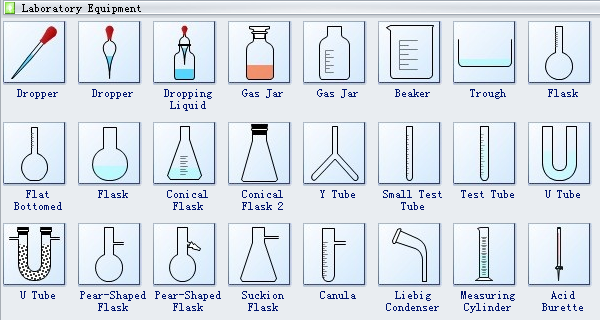This is part II of the Science lab equipment article. Due to high demand of this article, we have added any other science lab equipment.
If you are looking for a list of science lab equipment with pictures, you have come to the right place. A list of commonly used chemistry lab equipment in basic chemistry college labs with picture. This includes general chemistry I and II, basic organic chemistry and quantitative analysis labs. Leave a comment and let us know if we missed anything.
If you are looking for a list of science lab equipment with pictures, you have come to the right place. A list of commonly used chemistry lab equipment in basic chemistry college labs with picture. This includes general chemistry I and II, basic organic chemistry and quantitative analysis labs. Leave a comment and let us know if we missed anything.
